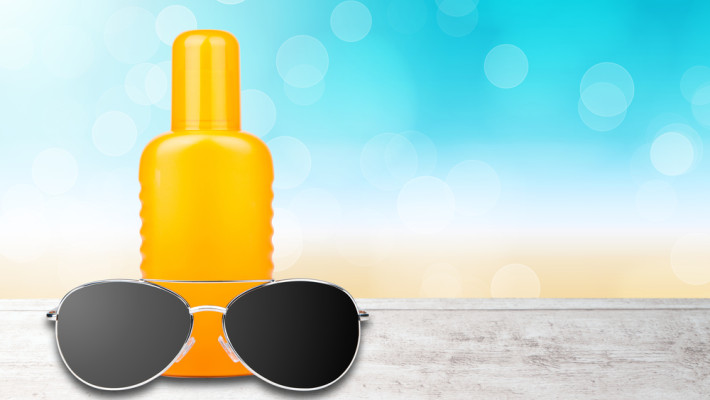
Are you allergic to your sunscreen lotion?
The number of skin cancers cases are increasing rapidly with the higher level of exposure to ultraviolet (UV) rays. This makes it very important to protect ourselves from the UV rays of the sun. Wearing sunscreen is, hence, very important especially during these recent bright sunny days in the Treasure Valley. However, the important question is if you are causing more harm than good with sunscreen lotion- Important yet, are you allergic to your sunscreen lotion?
Reactions with sunscreen lotions:
The prevalence of allergic reactions to sunscreen may continue to increase as the use of sunscreen continues to become more widespread. There are 2 different type of reactions with sunscreen agents – Contact Allergic Dermatitis and Photo- Allergic Contact Dermatitis Contact Allergic Dermatitis: The reaction occurs as a result of application of the product on your body. There is no need for exposure to sunlight for a reaction. Simply put, there would be a reaction anywhere you apply the sunscreen. Typically, the reaction may occur within few hours to days after the application. Photo-Allergic Contact Dermatitis: Here the reaction will occur only after exposure to UV radiation. This typically affects the sun exposed areas such as face, the “V” of the anterior neck, the back of the hands, and forearms. Typically, the reaction occurs only after you step out in the sun after the application of the sunscreen lotion.
Causes of reaction to sunscreen lotion:
You might be allergic to your sunscreen lotion but there could be other reasons as well. Other excipients like fragrances, formaldehyde releasers, preservatives, vitamin E and lanolin alcohol, could also play a role. The most common cosmetic sunscreen ingredients are cinnamates, salicylates, titanium dioxide, butyl methoxydibenzoylmethane or avobenzone, octyl dimethyl pap-aminobenzoic acid, benzophenones, anthranilates, zinc oxide. The good news is that the most common UV blockers used today are titanium dioxide and zinc oxide and these have not been reported to cause contact dermatitis or photo-allergy. Diagnosis of allergy to sunscreen lotion: Patch test is a good way to test for these agents in the clinic. For more details of how a patch test is done can be read in the “Services” section of our website. Home –based way to test is to apply your sunscreen lotion to a small portion of your body somewhere, like underside of your arm or back. If you are allergic, your body will react in a form of a rash at the area where the sunscreen was applied. If there is no initial reaction, put the patch in the area which is exposed to sun to check if this is photo- allergic contact dermatitis. An allergist can perform detailed patch testing to various ingredients present in the sunscreen lotion so you can avoid those ingredients and use a sunscreen lotion that is safe for you. Takeaway point: Don’t get burned in the sun. It’s important to wear sunscreen. If you are allergic, let’s work together to get you a sunscreen that is causing more help than damage to your skin. Let’s find you an alternate sunblock.

